
Dive into the Mysteries of Komodo
Embark on a thrilling adventure in the underwater world of Komodo. Scuba diving Komodo is one of the most popular in Indonesia, a true enchanting dive destination that boasts crystal clear waters, incredible marine life, and breathtaking dive sites.
Environment of Komodo Island
Found within the Komodo National Park, Komodo Island provides the chance to see the famous Komodo Dragons but it is also a paradise for divers who are planning to do scuba diving Komodo. The Komodo National Park is designated as a UNESCO World Heritage Site. Above the surface of the water, Komodo is a harsh dry rocky island that is home to deers, buffalos and of course the Komodo Dragons.
The Komodo island’s underwater landscape consists of lively coral reefs, precipitous walls, towering pinnacles, and submerged seamounts, offering divers a multitude of dive site options and unique experiences. Simply speaking about Komodo Island and the diving surrounding it is an understatement. Once divers jump in the water, regardless of the time of the year, they will be stunned by the beauty of scuba diving Komodo.
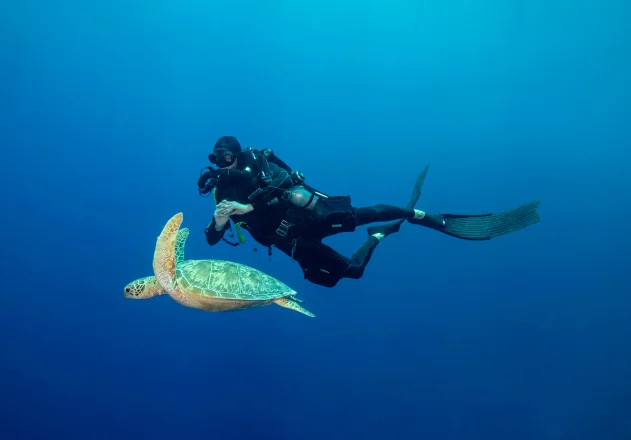
Unveiling the Top Dive Sites in Komodo
Komodo National Park boasts around 50 distinct dive sites, each offering its unique charm. Among these, Manta Point, Mawan, and Manta Alley stand out as dedicated spots for encountering the majestic Manta Rays.
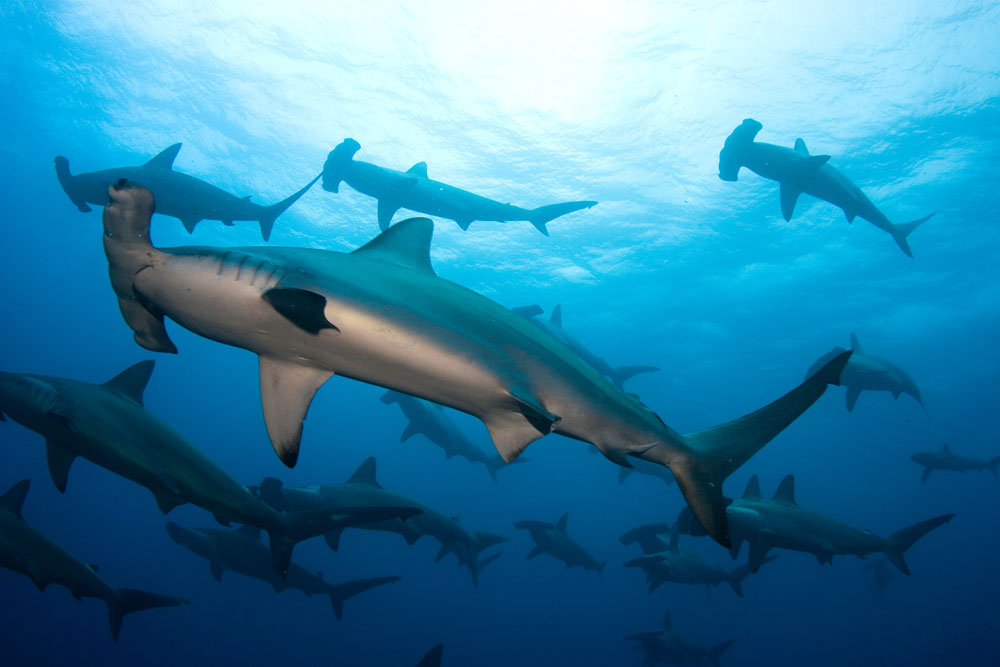
Batu Bolong
Batu Bolong in Indonesian language means “hollow rock” and it’s exactly that when seen from the surface. Batu Bolong is a pinnacle dive site teeming with life, Komodo’s most popular dive site, stunning because of its coral reef and marine life. Despite the beauty of Batu Bolong, currents here are insanely strong which makes diving at specific times extremely important, much more than other dive sites. It’s easy to understand now that Batu Bolong is best suited for experienced divers.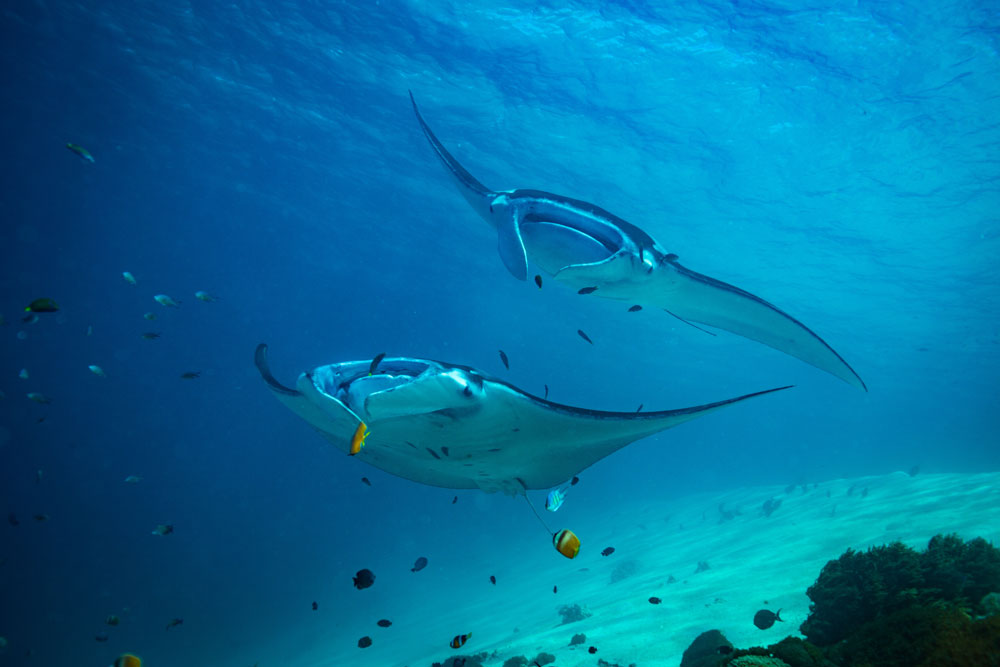
Manta Point
As the name suggests, Manta Point is a prime location for spotting majestic Manta Rays. This cleaning station attracts mantas year-round, providing a unique opportunity for divers to observe these gentle giants up close. Manta Point is not the only dive site in Komodo to see the Manta Rays but it is one of the most frequently visited. Typically Manta Point is a drift dive and although most of the times soft drift, currents can pick up quickly.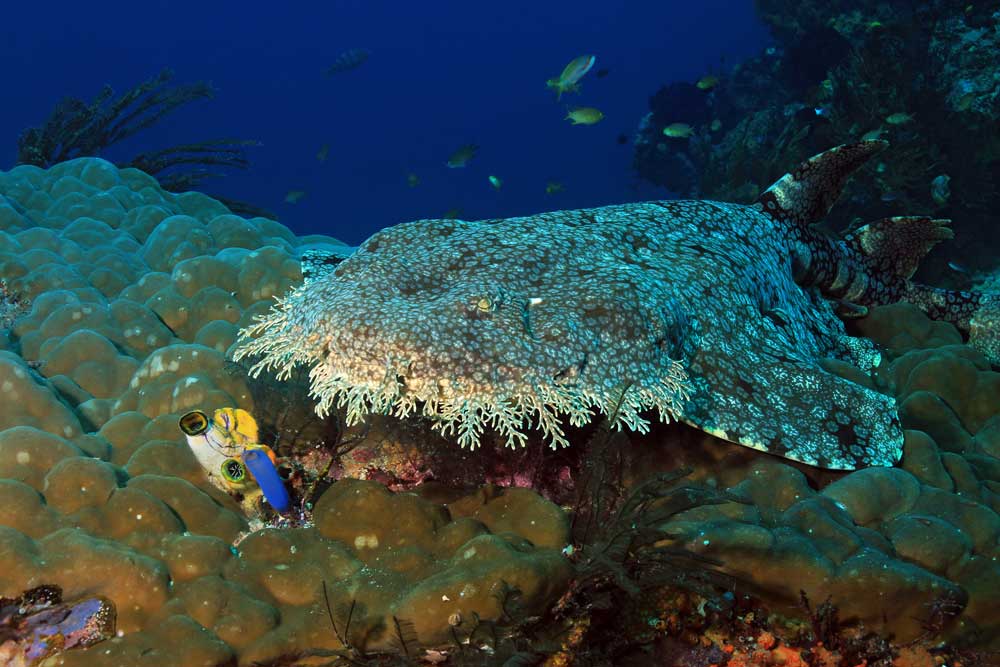
The Cauldron / Shotgun
The Cauldron also known as Shotgun is an exhilarating dive site featuring a swirling underwater vortex created by colliding currents. This exciting dive site is best suited for advanced divers, as it offers fast drift dives and stunning views of marine life. The reason why it’s called Shotgun is because towards the end of the dive, mild to strong currents shoot you from the back over a small rocky step in between a channel where often different types of Rays are seen.Exploring Beyond the Crowds
The three dive sites we mention now are just the most popular visited by Liveaboards and mainland dive centers. There are many other dive sites and we can mention them right now:
Tatawa Besar
Castle Rock
Tatawa Kecil
Mawan
Sebayur
Cannibal Rock
Crystal Rock

Marine Life in Komodo
Scuba Diving Komodo is one of the most diverse of scuba diving Indonesia. Together with the other dive destinations of the country, Komodo is top three as it provides the most incredible underwater life for both wide angle and macro underwater photographers.

Manta Rays
One of the main attractions of diving in Komodo is the opportunity to encounter manta rays. These graceful creatures can be observed at several dive sites, particularly Manta Point. Typically when divers don’t see Mantas in Manta Point, they will shift to Mawan and will most likely see them there.
Sharks
Sharks are a common sight in Komodo’s waters, with species such as white-tip and black-tip reef sharks, as well as grey reef sharks, often spotted around the islands. Almost in all dive sites divers can spot one or two sharks. Additionally, turtles, diverse tropical marine life and a lot of macro critters can be seen. Diving with a liveaboard in the Komodo National Park is the best to get access to some of the most remote dive sites.Diving Conditions in Komodo
Scuba diving Komodo is weather dependent so to maximize visibility and currents, you should always choose the right season for the different locations. But currents and temperatures are key, and low currents or high temperatures are not ideal for some of the biggest fish divers want to see.
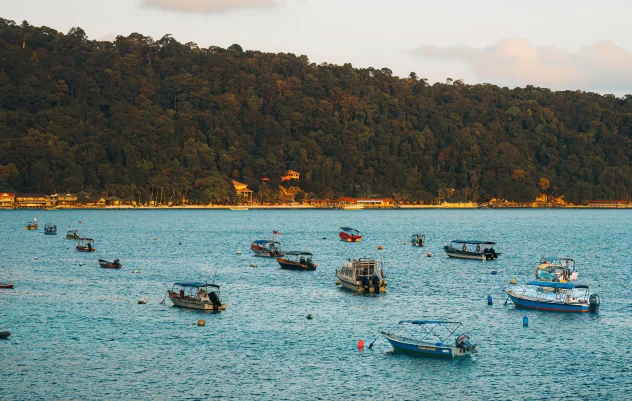
Best times for Scuba Diving Komodo
The diving season in Komodo is year-round, with March to November offering the best overall conditions. However, manta rays can be spotted throughout the year, with peak sightings occurring between December and February.
It is hilarious that the worst time to dive is also the best time to see the Mantas. Basically in February, full rainy season, divers can enjoy seeing large schoolings of Manta Rays, up to 60 or more.
Essential Tips for Diving in Komodo
Gear Recommendations Suit Up for SuccessGiven Komodo’s varying water temperatures, divers are advised to use a 3mm to 5mm wetsuit, depending on personal preference and seasonal conditions. A reef hook is also recommended to help maintain your position in strong currents, ensuring a safe and enjoyable dive experience. But of course divers should carry or rent a dive computer, SMB and preferably a dive horn.
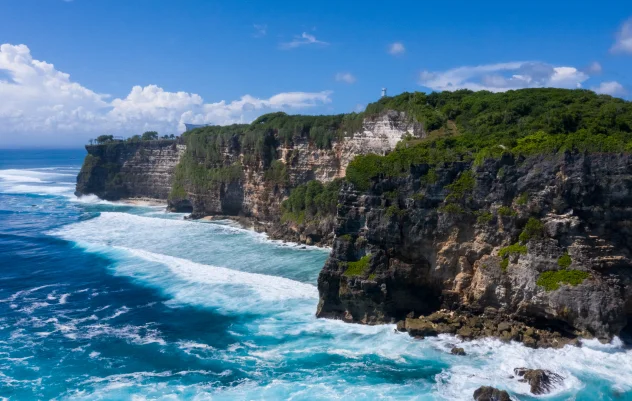
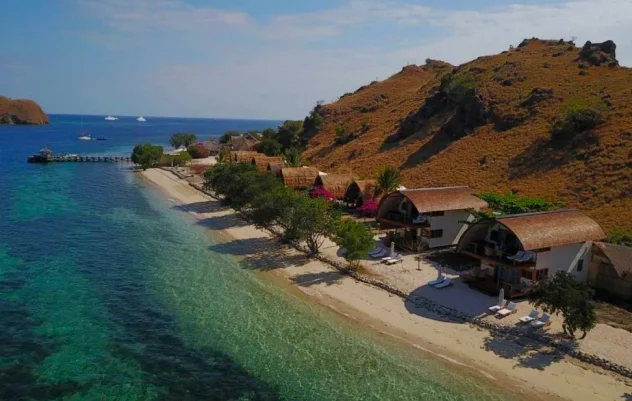
Safety Precautions Dive with Confidence
When scuba diving Komodo, always dive with a reputable operator and follow their guidelines to ensure a safe and enjoyable experience. Be aware of your limits, and don’t hesitate to communicate any concerns with your dive guide. We warmly recommend to book one of our Komodo Liveaboard or our very own Komodo Resort
Planning a Dive Trip to Komodo The Ultimate Adventure
When planning your dive trip to Komodo or especially your komodo diving liveaboard, consider factors such as seasonal marine life patterns, diving conditions, and personal preferences.
Research various dive operators to find one that aligns with your experience level and requirements. Don’t forget to factor in accommodations and transportation logistics to ensure a smooth and stress-free journey because the Komodo dive sites are not all easily reachable.
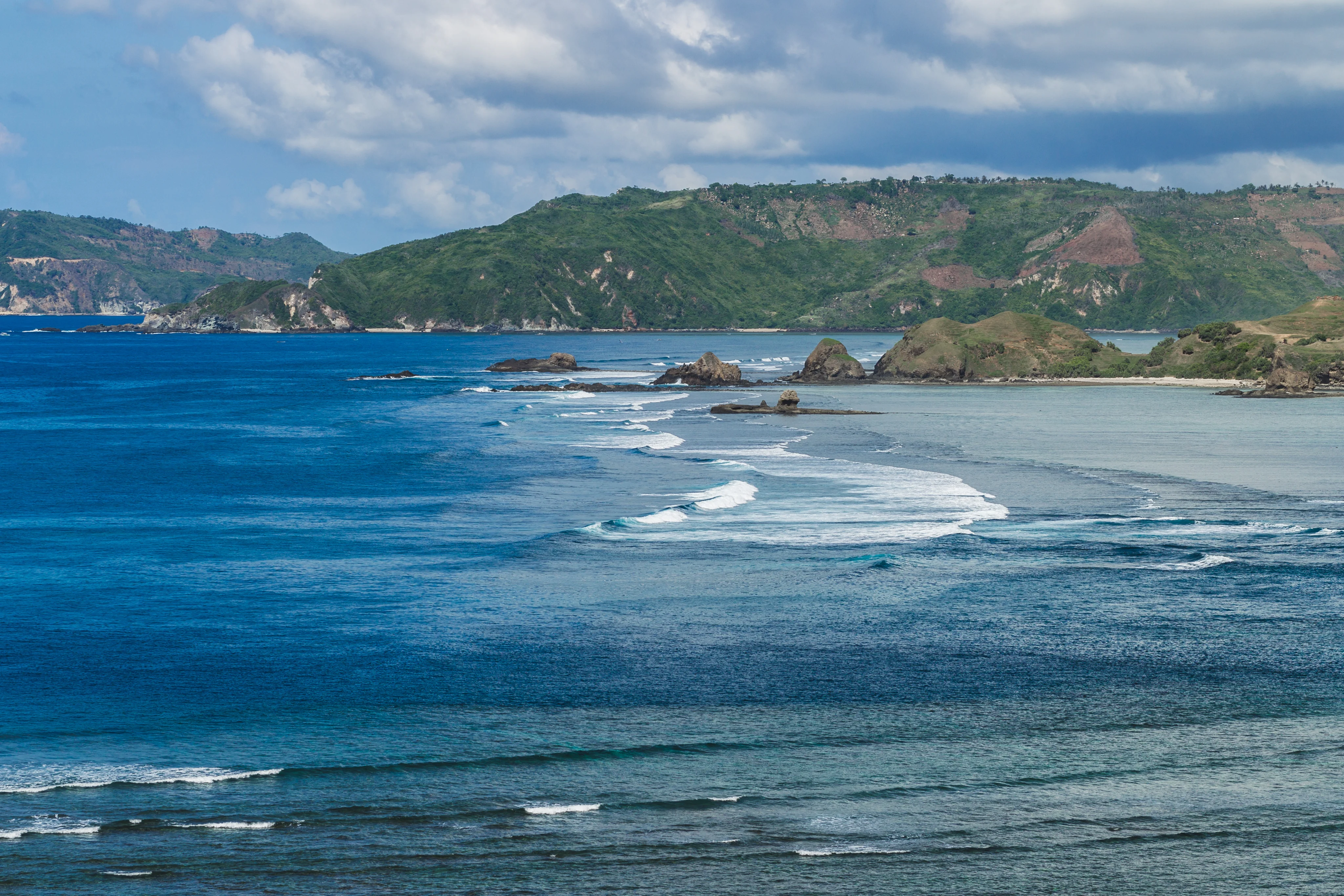
Frequently Ask Question
Everything you need to know about the product and billing. Can’t find the answer you’re looking for? Please chat to our friendly team.
See More FAQs